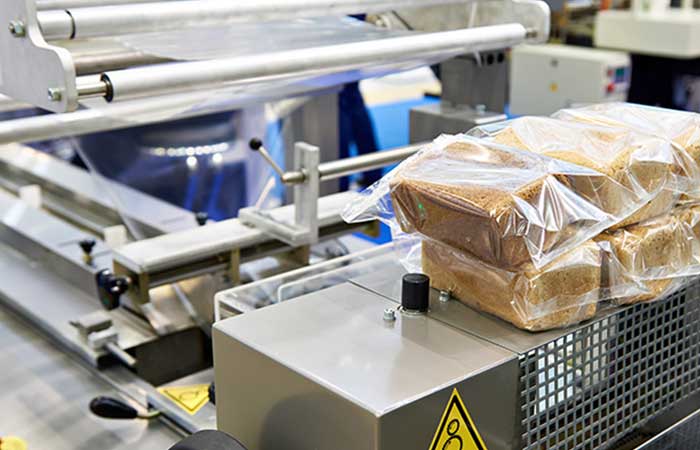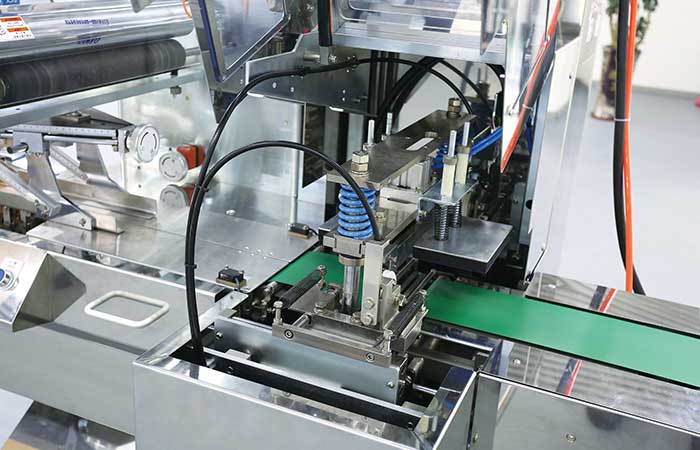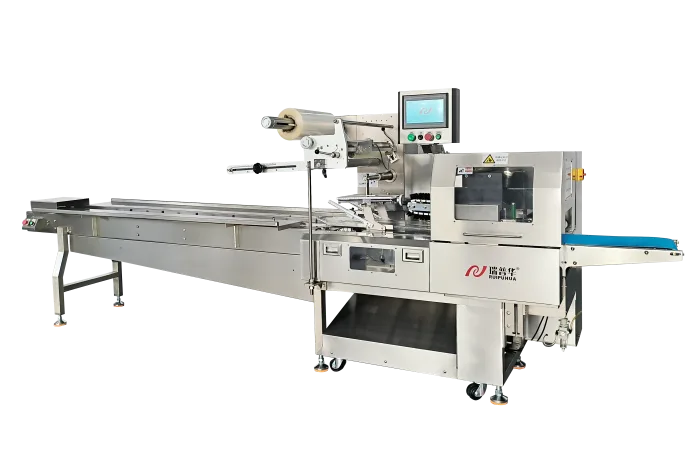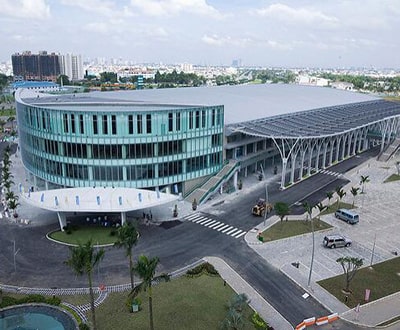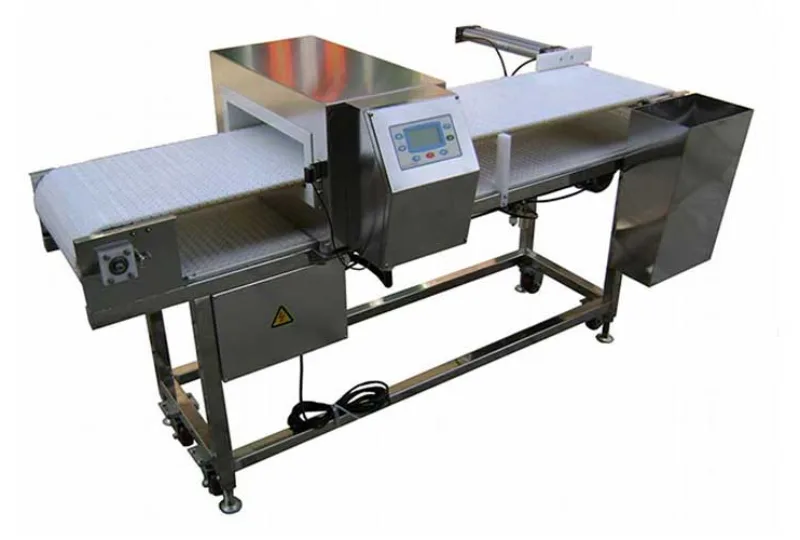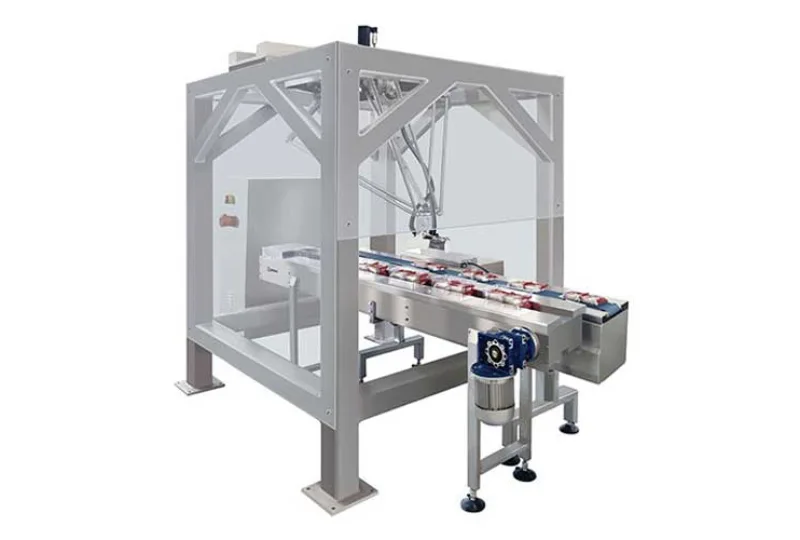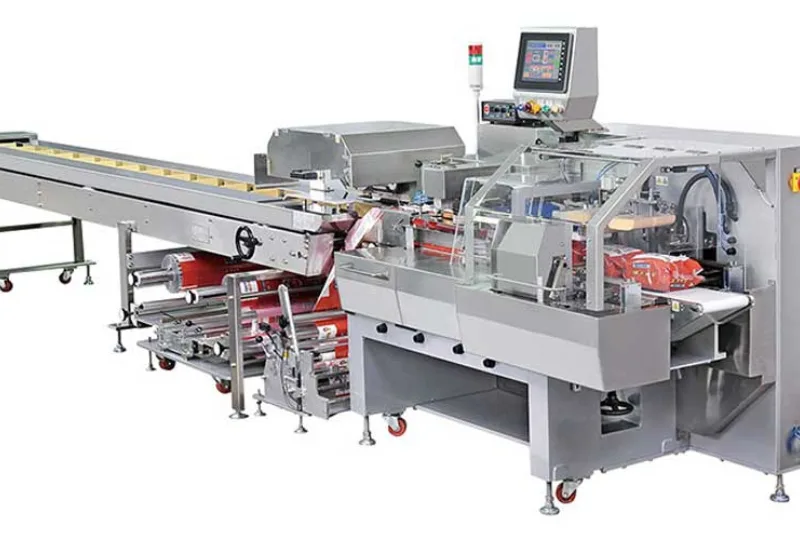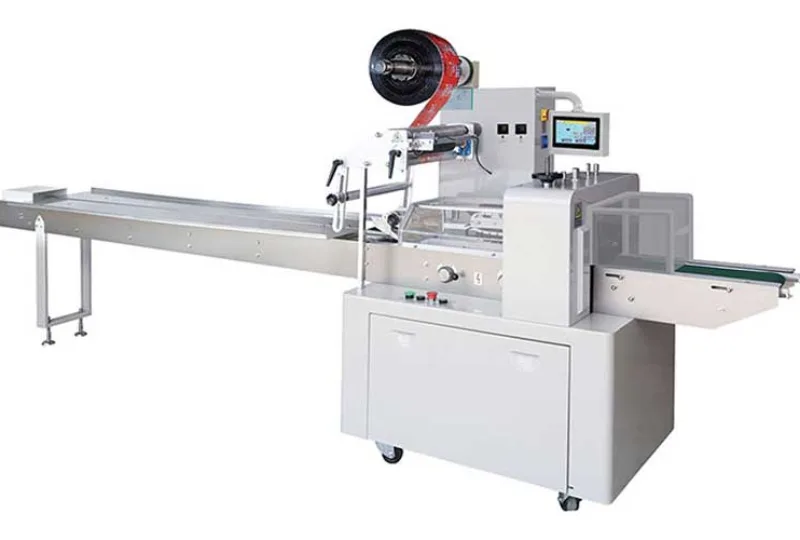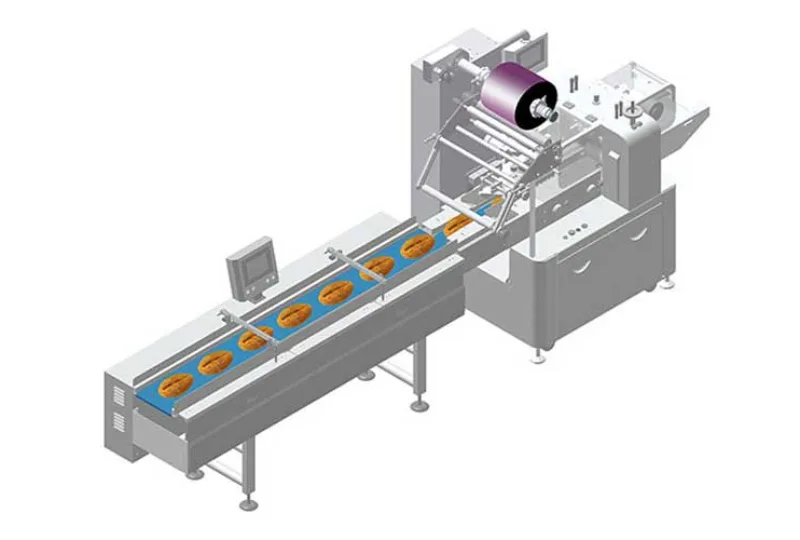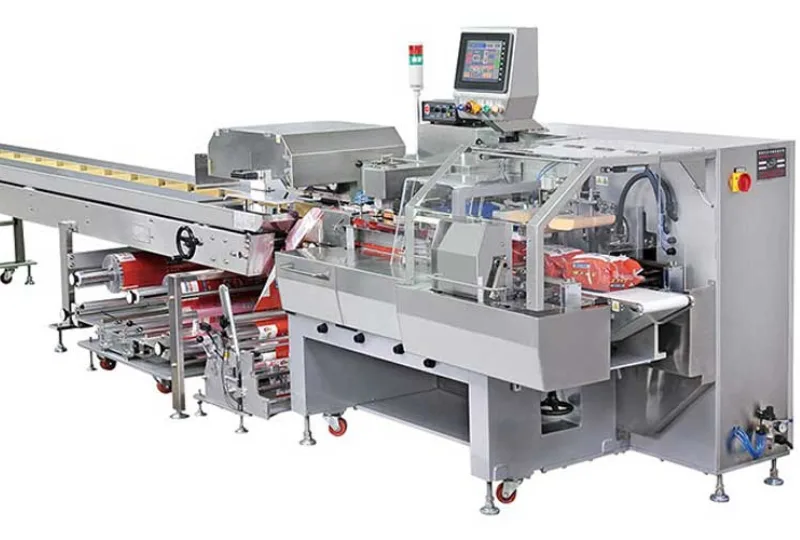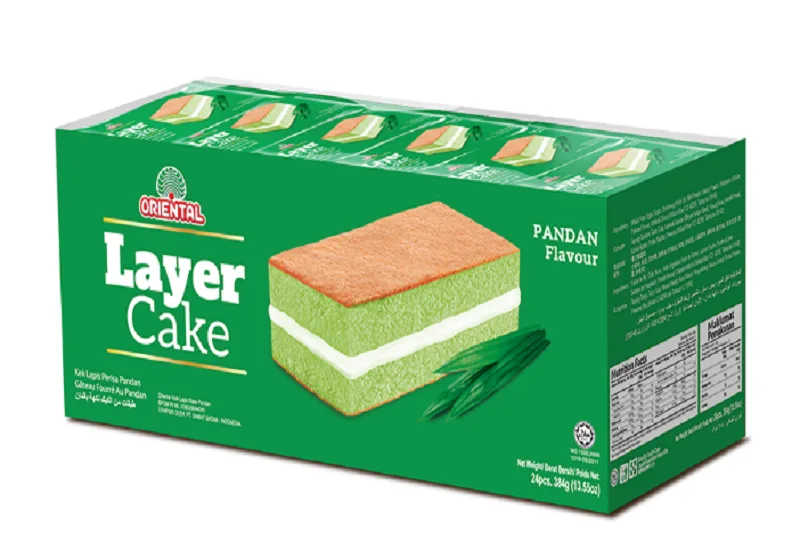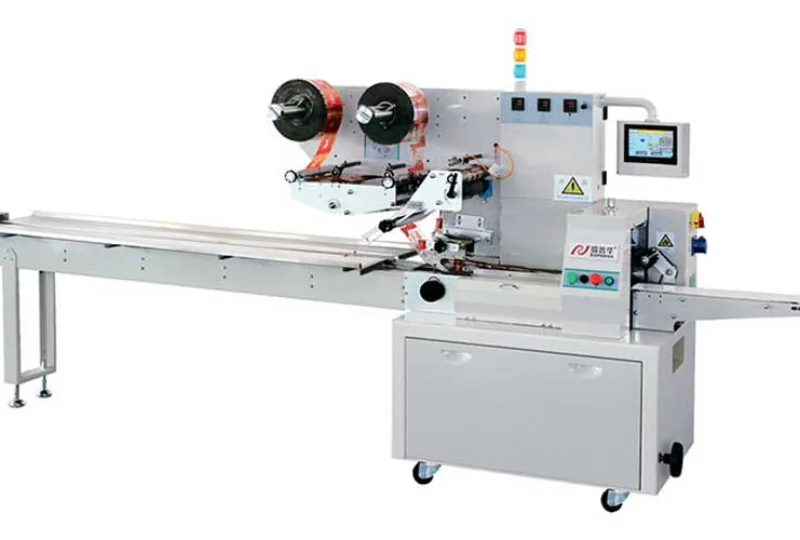Exploring Linux Packaging Systems: A Comprehensive Guide
The Evolution of Linux Packaging Systems
Linux distributions come in various flavors, each with its unique way of managing software installations. The efficiency of a Linux system heavily depends on its packaging system, a crucial component that streamlines the process of installing, updating, and removing software packages. In this blog post, we delve into the fascinating world of Linux packaging systems, exploring their history, functionality, and the pros and cons of popular package management tools.
A Brief Overview of Package Management
Package management systems play a vital role in ensuring the smooth operation of a Linux distribution. They provide a standardized way to organize, install, and update software packages, enabling users to effortlessly manage dependencies and resolve conflicts. The evolution of Linux packaging systems has been marked by innovation and competition, leading to the development of diverse package management solutions tailored to the needs of different user groups.
Traditional Package Managers
Traditional Linux distributions like Debian and Ubuntu rely on package managers such as APT (Advanced Package Tool) to handle software installations. APT uses a repository-based approach, where software packages are stored in centralized repositories accessible over the internet. This system ensures that users can easily download and install software while automatically resolving dependencies to maintain system stability.
Containerized Packaging Systems
Containerization technologies like Docker and Podman have introduced a new paradigm in software packaging. By encapsulating applications and their dependencies within lightweight containers, containerized packaging systems offer portability, scalability, and isolation. Developers can easily package their applications along with all necessary dependencies, ensuring consistent performance across different environments.
The Rise of Snap and Flatpak
In recent years, Snap and Flatpak have emerged as popular universal package formats designed to simplify software distribution across various Linux distributions. Snap packages, developed by Canonical, offer a self-contained environment for applications, ensuring easy installation and updates. Flatpak, on the other hand, focuses on providing sandboxed applications that run in isolation from the underlying system, enhancing security and stability.
Challenges and Future Trends
While Linux packaging systems have come a long way in enhancing the user experience, challenges such as dependency management and package conflicts continue to persist. As the Linux ecosystem evolves, developers are exploring innovative solutions like AppImage and Nix to address these issues and provide more flexible package management options. The future of Linux packaging systems promises exciting developments aimed at improving software distribution and usability for users worldwide.
-
01
Reliable Food Packaging Solutions with China Bread, Candy, and Biscuit Machines
11-10-2025 -
02
High-Performance Automated Food Packaging Equipment for Modern Production
11-10-2025 -
03
Reliable Pillow Packing Machines for Efficient Packaging Operations
11-10-2025 -
04
Advanced Fully Automatic Packaging Solutions for Efficient Production
11-10-2025 -
05
Efficient Automatic Food Packaging Solutions for Modern Production
11-10-2025 -
06
Advanced Automatic Packaging Equipment for Efficient Production
11-10-2025 -
07
China Bread Sealing Machine and Packaging Solutions
26-09-2025 -
08
Food Packing Machine Manufacturer: Innovative Solutions for Modern Food Packaging
26-09-2025 -
09
Pillow Packing Machine Factory: Reliable Solutions for Efficient Packaging
26-09-2025 -
10
Streamlining Food Packaging with Automatic Machines and Palletizers
16-09-2025



